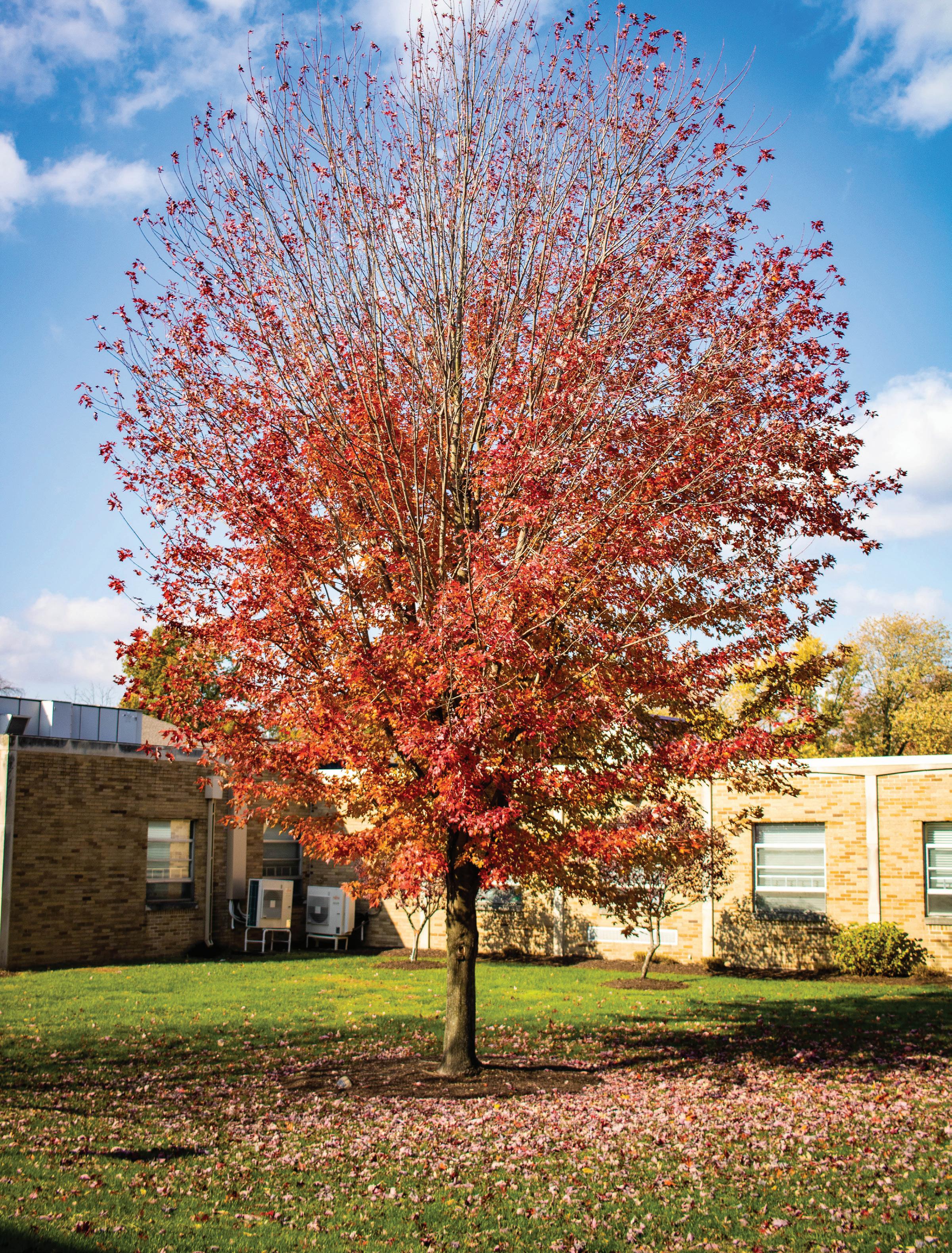Trees of Holy Cross College and Village

How to use the booklet
5 Terms commonly used in the identification of trees



How to use the booklet
5 Terms commonly used in the identification of trees

This booklet on the trees of Holy Cross College (HCC) and Holy Cross Village (HCV) had its beginnings during the fall semester of 2020 when two Holy Cross biology majors, Michael Deising and Christian Lemus, enrolled in an internship course. Their goal for that course was the location and identification of all of the trees on the landscaped areas of the collage campus. The trees were identified by species when possible. Also their geographic coordinates were determined as well as their approximate trunk circumferences at chest level and their heights.

In the summer of 2021 and through the 2021 fall semester, Br. Lawrence Unfried supervised the internship of David Bautista-Amick, a psychology major, minoring in environmental science. During this time, Br. Lawrence and David worked together to survey the trees of HCV. The procedure followed was essentially the same as that used for the tree survey of the college campus.
During the spring semester of 2022, Br. Lawrence and David worked with Mrs. Kochanowski in the Communications Department and Mackenzie Gonzalez, a student in the visual arts program, to organize and assemble this booklet.
This booklet divides the two campuses into 10 sections. Each section is presented with an outline map showing buildings, streets, and walkways along with a list of numbered, noteworthy trees to
be found in the section. Numbers at various locations on the map correspond to numbers associated with the listed trees so individuals walking through a section should be able to identify trees encountered. Labeled photographs associated with the sections also should facilitate tree identification.
Two groups of small trees, crabapples (flowering crabs) and hawthorns, are represented by a great variety of horticultural types that are almost impossible to specifically identify. There are many crabapples in HCV and no attempt has been made to identify them as to specific varieties— they are simply listed as crabapples. A number of hawthorn trees are planted along the median leading from highway 933 N. into the college and village. They are simply identified as hawthorns (genus Crataegus).
In addition to the two landscaped campuses, the college and village property is bordered to the north and south by wooded gullies and woods along the St. Joseph River bank. Limited surveys of the tree species have been conducted in these wooded areas, so along with the landscaped campuses we have a still growing list of 86 species of trees on the property. The list can be found toward the back of this booklet. Particularly in the spring, the floors of these wooded areas are carpeted with an impressive variety of native wild flowers representing a remnant of the pre-settlement flora of northern Indiana.
Tree identification and location:

Br. Lawrence Unfried, C.S.C.
David Bautista-Amick
Michael Deicing
Christian Lemus
Layout and Design:
Lisa Kochanowski
Mackenzie Gonzalez
A note of thanks for special help relative to tree identification:
Dr. Rodney Robichaud, Ph.D., former chairman of the Holy Cross College Department of Natural and Quantitative Sciences
Barbara Hellenthal, Director of the Notre Dame Herbarium
Also thanks for archival information concerning the University of Notre Dame and Western railroad:
Br. Philip Smith, C.S.C., Archivist: Brothers of Holy Cross, Midwest Province
Br. James Leik, C.S.C., Archivist: Holy Cross College
The layout of Holy Cross College and Holy Cross Village has been divided into 10 map sections with streets and buildings labeled. The approximate locations of significant or noteworthy trees are indicated by numbers on the maps. Correspondingly numbered pictures of the trees are arranged around the maps.

The terms described and illustrated in this paper are among those most frequently used when classifying and identifying trees. The focus is on the arrangement of leaves on stems and the structures of leaves and the shapes of leaves.
Stems and Branches.
The end of a branch or stem normally has a bud on it called the terminal bud. Buds below the terminal bud are called axillary buds and they are usually associated with points on a stem where leaves are attached. A point on a stem where a leaf or axillary bud is attached is called a node. A region on a stem between nodes is called an internode. A terminal bud is labeled T and four axillary buds are labeled A in Figure 1.
Leaf Structure.
A number of features associated with the structure or shape of a leaf are used in the classification of trees. The main portion of a leaf is termed the blade. The stem of the leaf is the petiole. Sometimes there are small leaf-like structures at the base of the petiole. These structures are known as stipules. If there is a single major vein running down the middle of a leaf, it is called a midrib. The edge of a leaf is called its margin. Figure 3 illustrates the basic shape of a leaf. The blade is indicated by B, the petiole by P, and stipules by ST.
Leaves and buds generally are arranged along stems in an alternate or opposite pattern. The stem illustrated in Figure 1 shows an alternate arrangement of leaves and buds while the stem illustrated in Figure 2 shows an opposite arrangement.



A leaf margin is said to be entire when it is smooth as in Figure 3 or it can be wavy (W) or toothed (T) as in Figure 4.
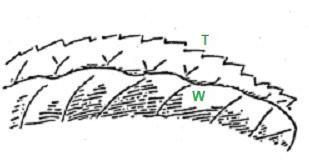
When a leaf is so deeply cut or subdivided that it appears to be several leaves, it is called a compound leaf. Leaves that are not compound are simple. All of the leaves illustrated in Figures 1 through 6 are simple while those in figures 7 and 8 are compound.


The leaf-like divisions of a compound leaf are reffered to as leaflets and if they all branch from a single point, the leaf is compound palmate. See figure 7. 2 Figure 7.


When the margins of a leaf are deeply cut, the leaf is said to be lobed. A leaf is pinnately lobed if it has one main vein (a midrib) and secondary veins branching from it. See Figure 5.
When a lobed leaf has no one, main vein but several, all branching from a single point, it is said to be palmately lobed. See Figure 6.
If the leaflets all originate from a single main vein, the leaf is compound pinnate. See figure 8.
A possible way of avoiding confusion about the difference between a stem with several leaves and a single compound leaf is to remember that stems have buds while there will be no buds on compound leaves found in the Northern Indiana area.
All illustrations on pages 6 and 7were taken, with modifications, from Gray. 1858.
Gray, Asa. 1858. How Plants Grow: A Simple Introduction to Structural Botany. Ivison, Blakeman, Taylor, and Co. New York.












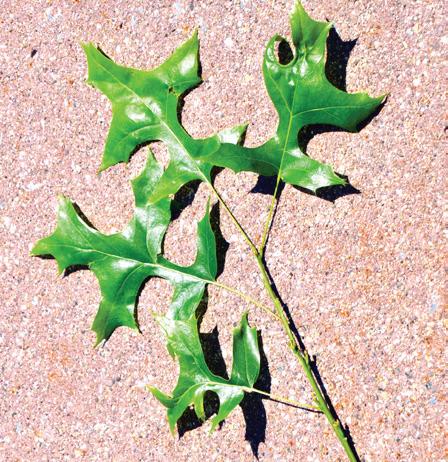

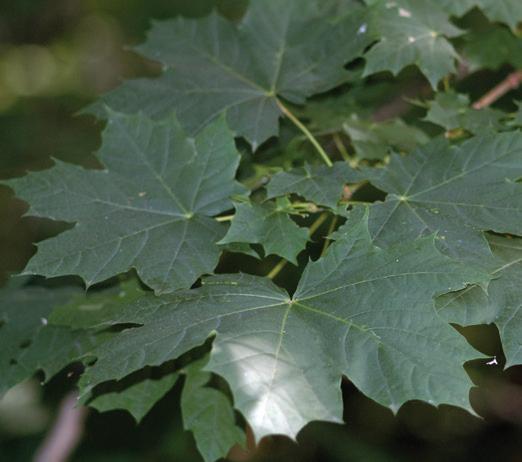
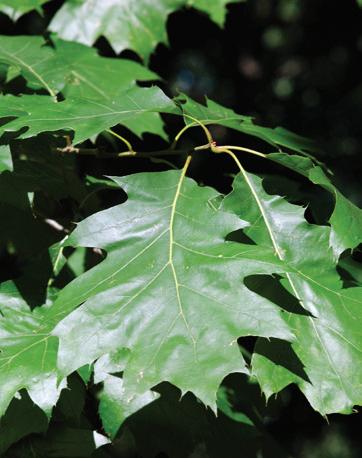

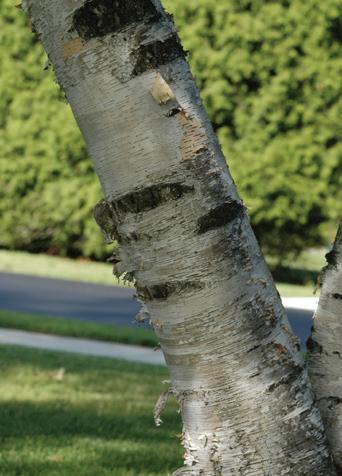
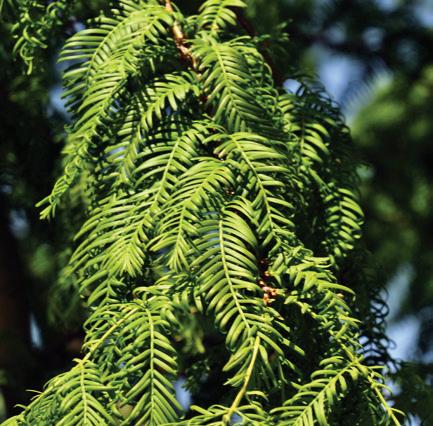

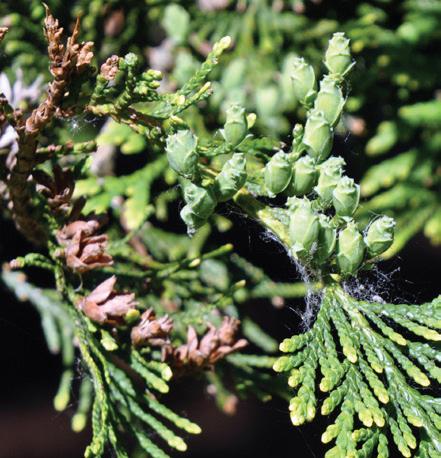








































































































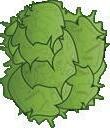









































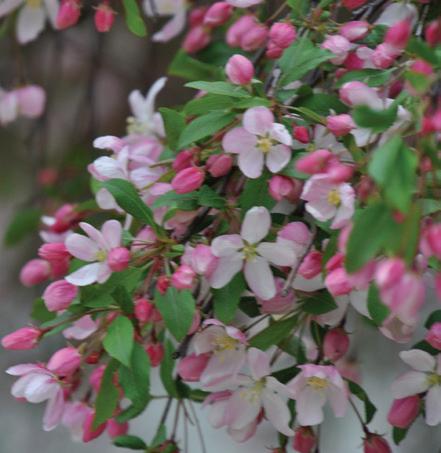


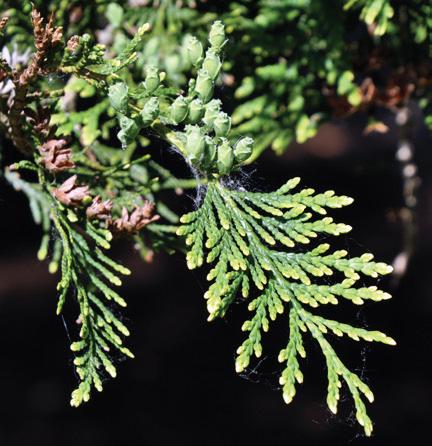

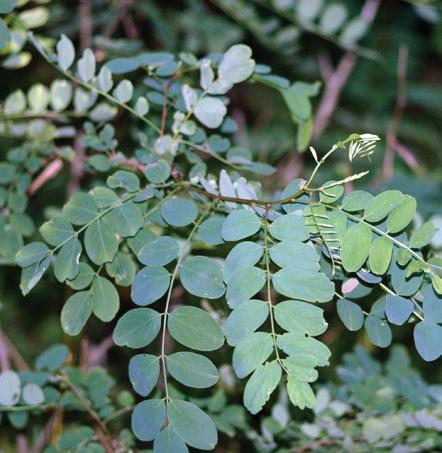

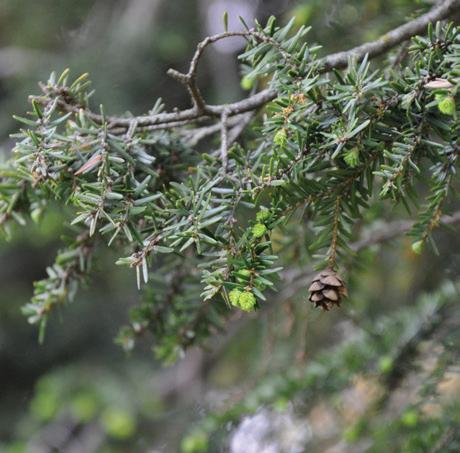


When Holy Cross College first opened, the now Holy Cross Parkway was a 2-track switching spur for the University of Notre Dame and Western Railroad that, until the mid-1900’s, carried coal to the ND and Saint Mary’s power plants. It also sometimes carried passengers to ND football games.

cones













































































































Hesburgh Grove was established in 2008 to honor Rev. Theodore Hesburgh, C.S.C., a long-time supporter of Holy Cross College. Initially, the design of the grove was to be produced by the University of Notre Dame architecture students, but the work could not be completed. Kimberly Leja, a Purdue University student and goddaughter of a Holy Cross College faculty member completed the task.


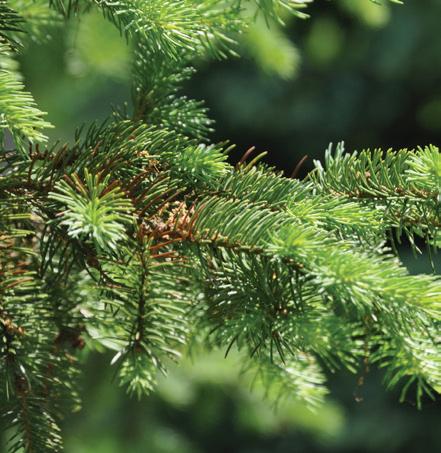


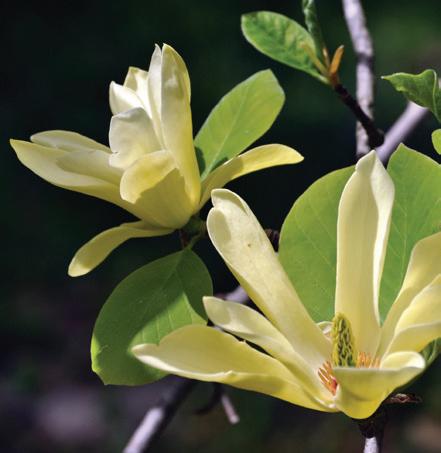





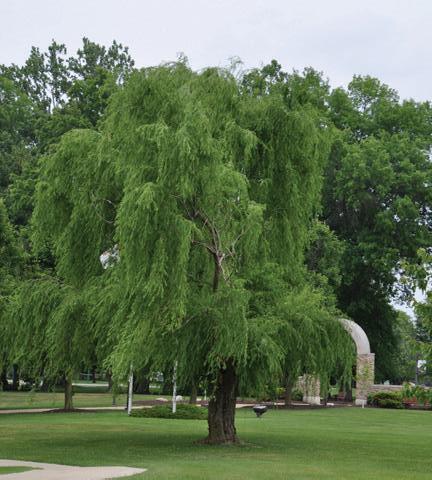






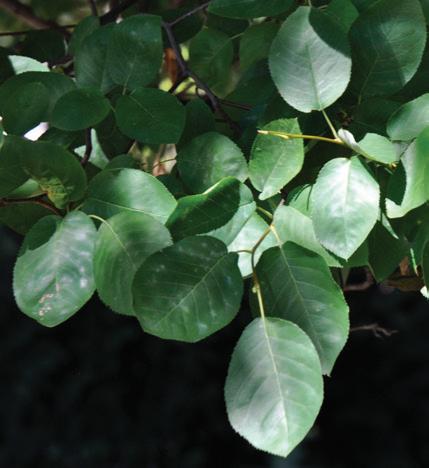
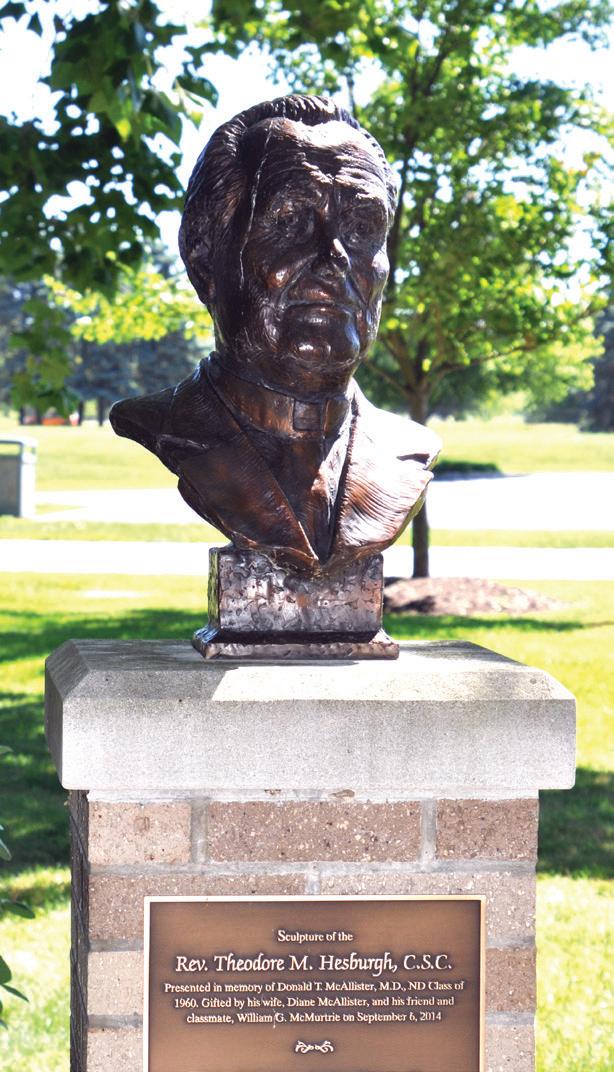







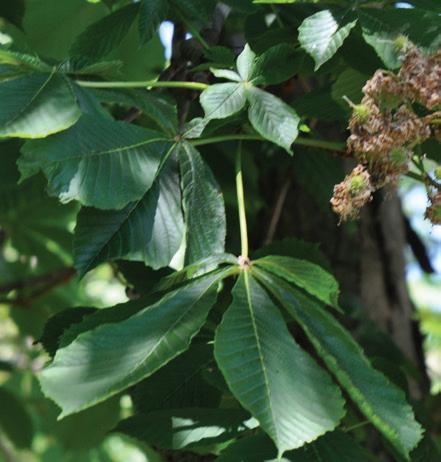

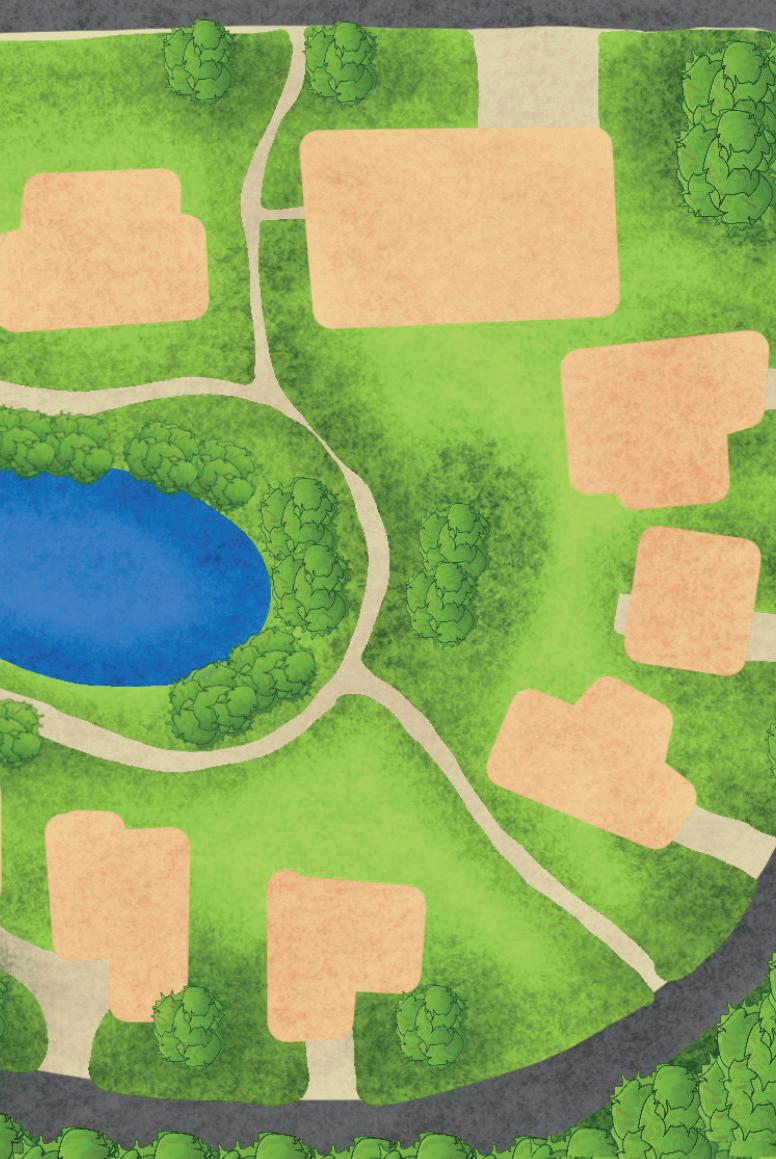
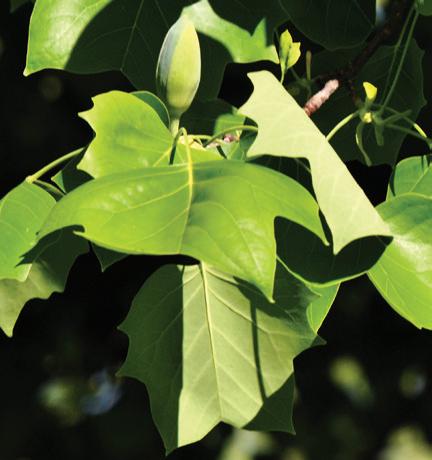







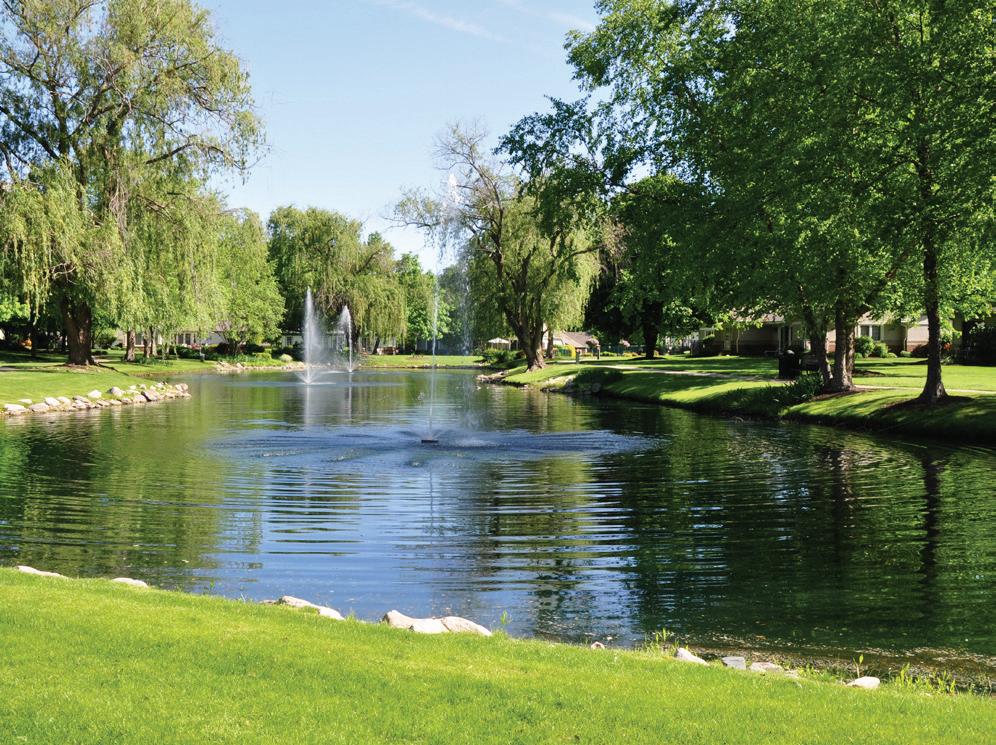

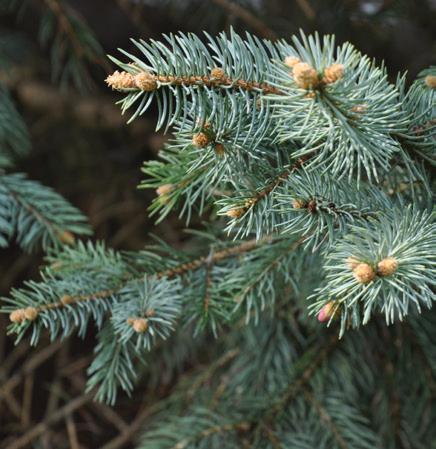
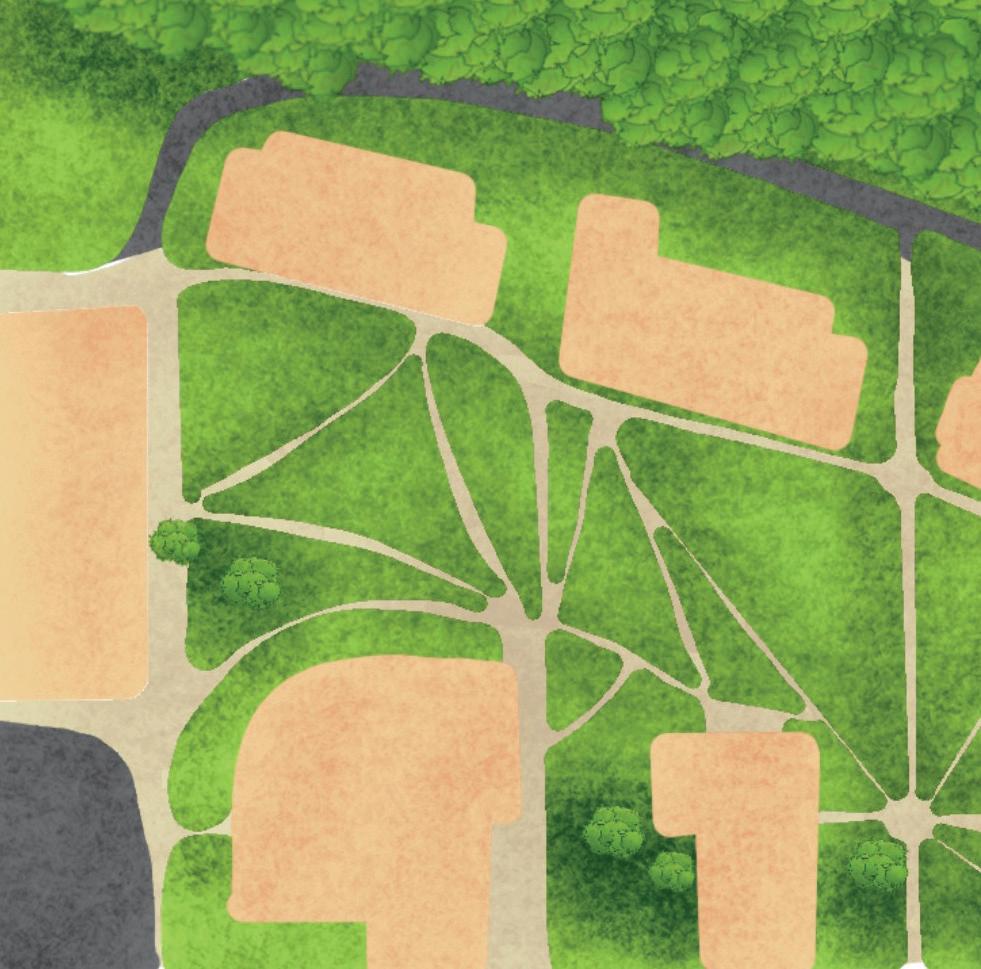





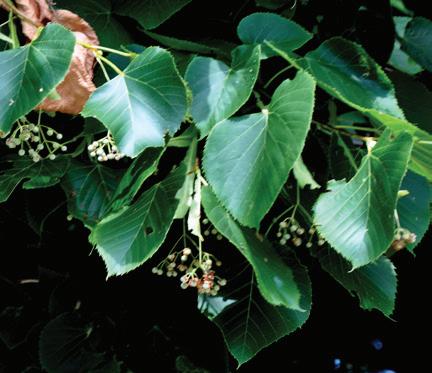



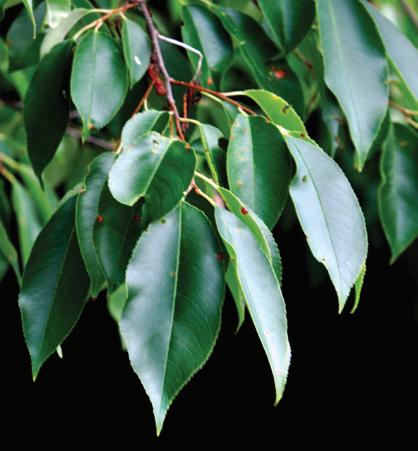
Several yards into the wooded area on the west side of River Wood Trail the terrain drops down to an abandoned railroad bed. From the 1870’s until the 1960’s the University of Notre Dame and Western Railroad, a small university rail system, carried coal to Notre Dame and Saint Mary’s College, and sometimes passengers to ND football games. After many years of not being used, the tracks were removed in 2012.



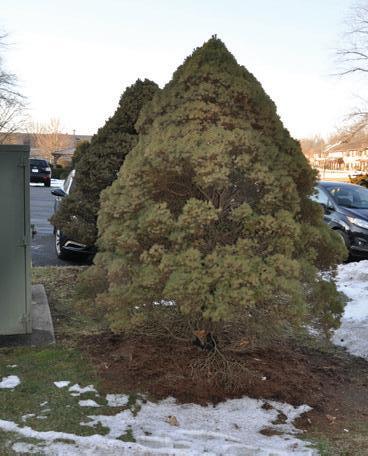

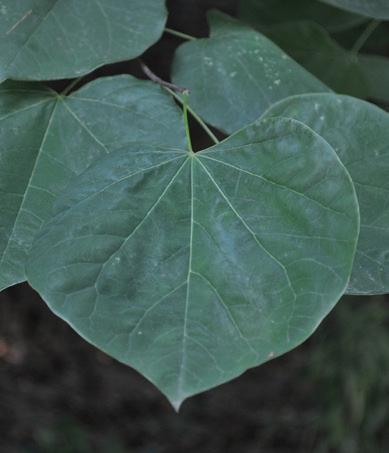

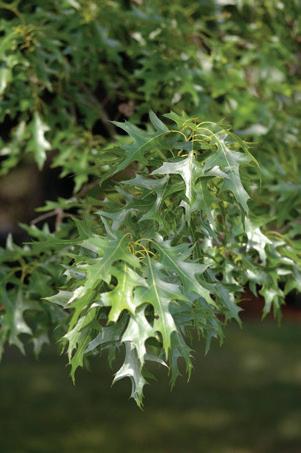
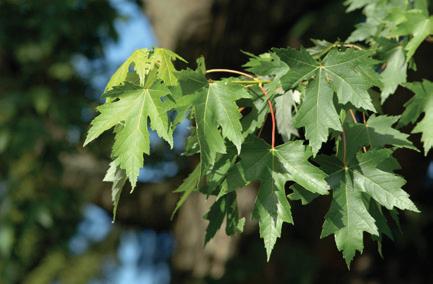



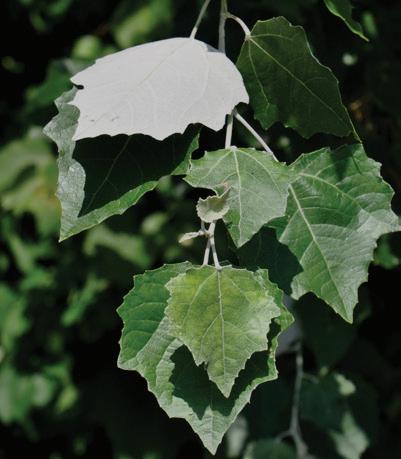
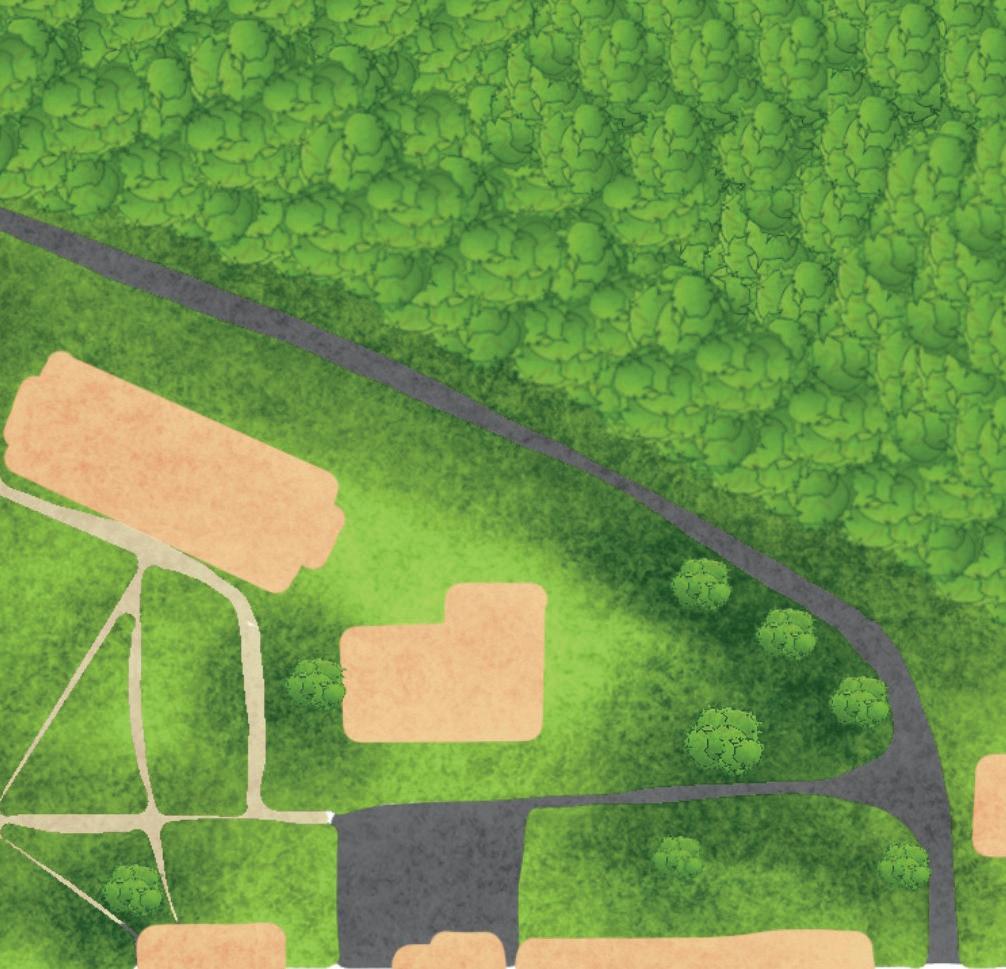









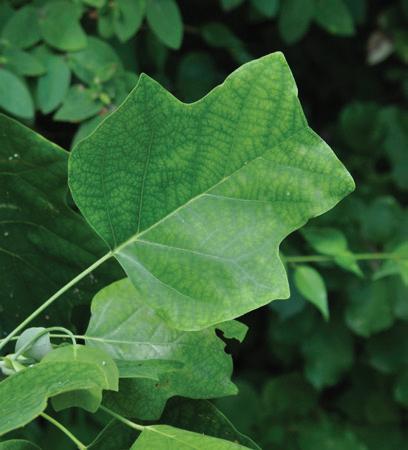
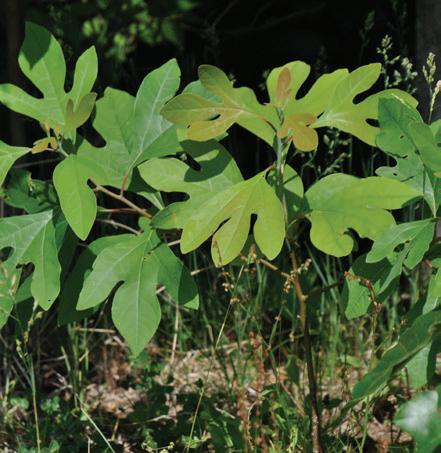

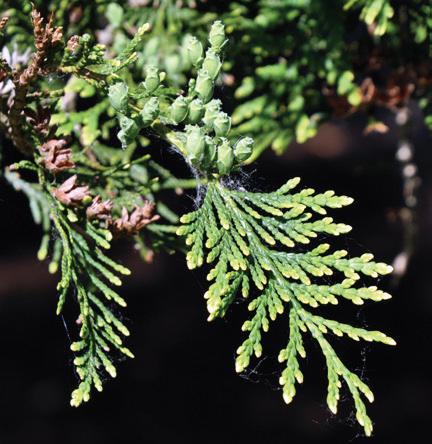



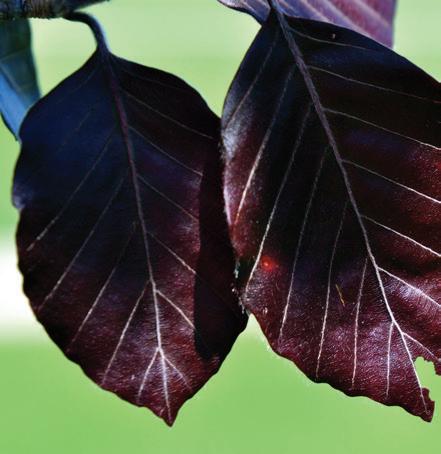
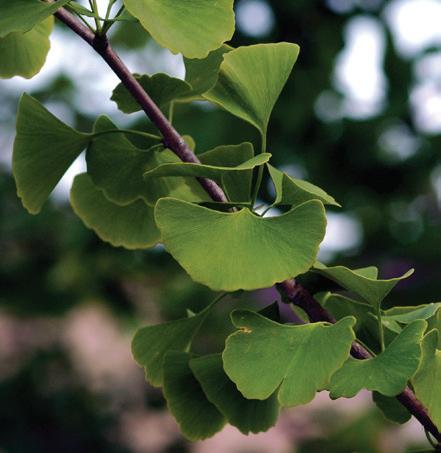
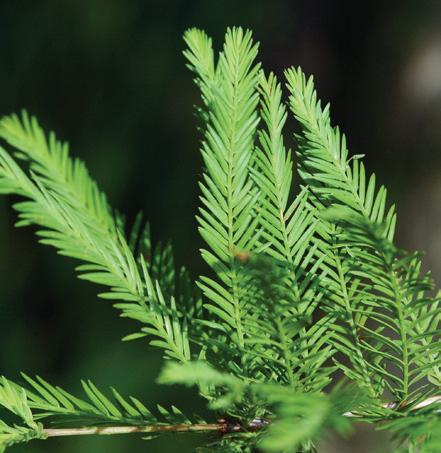



































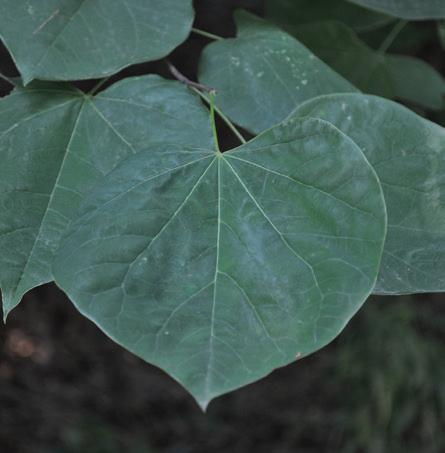




















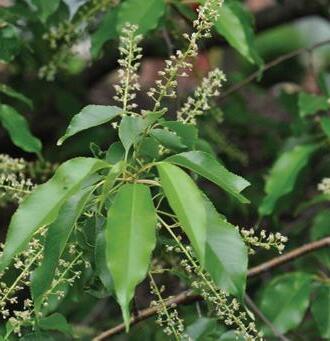





























































































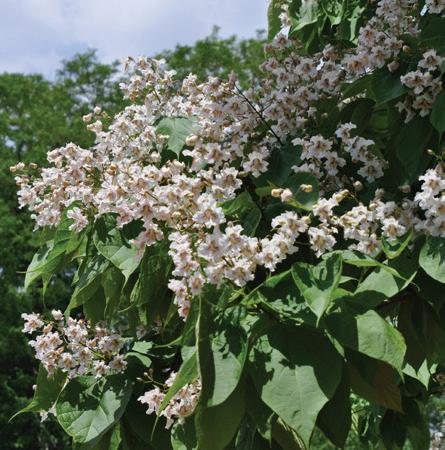






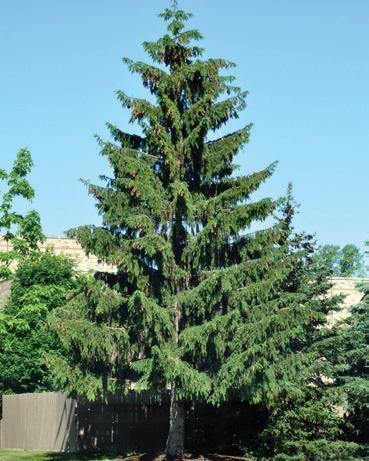
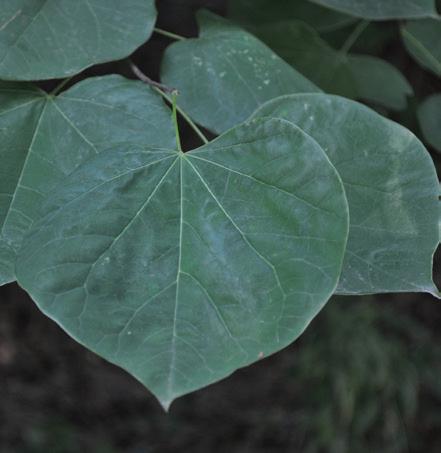



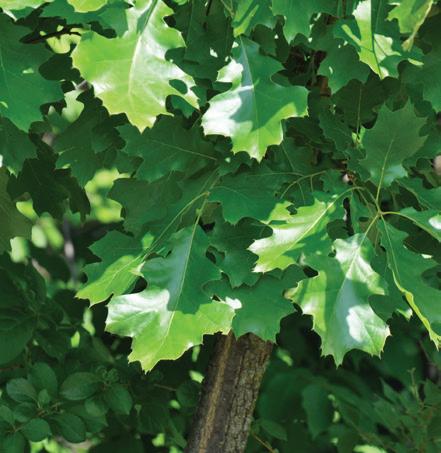





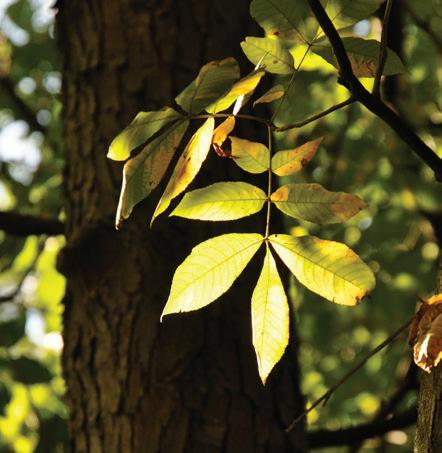



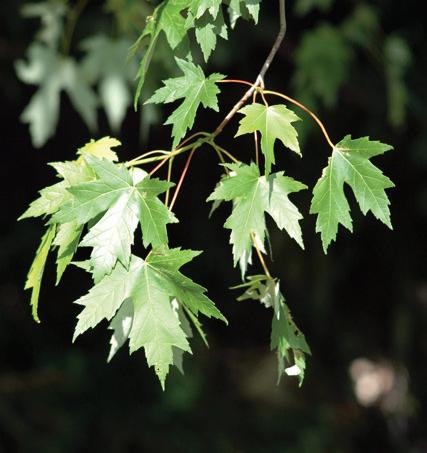


























































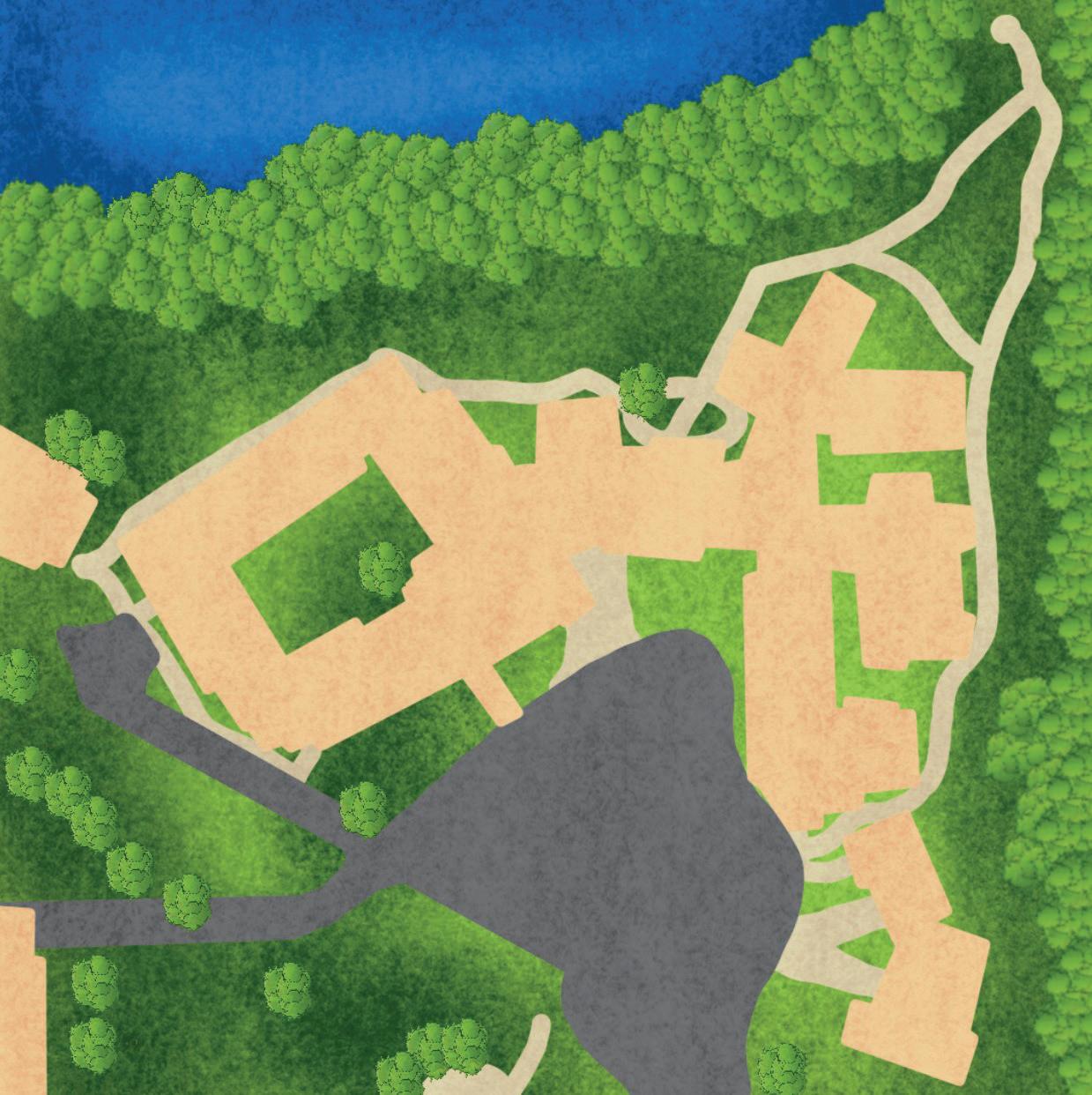


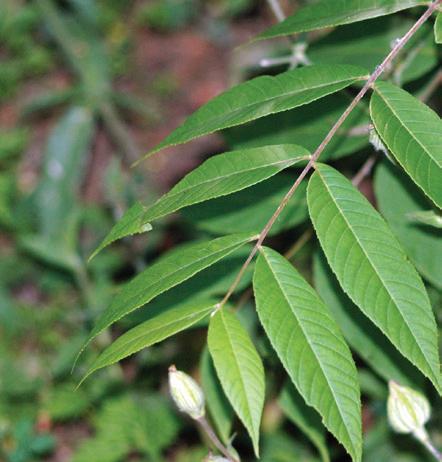


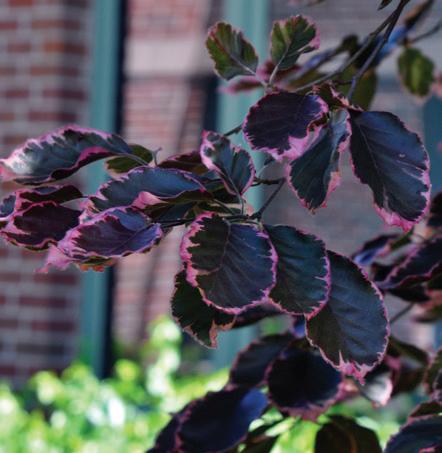











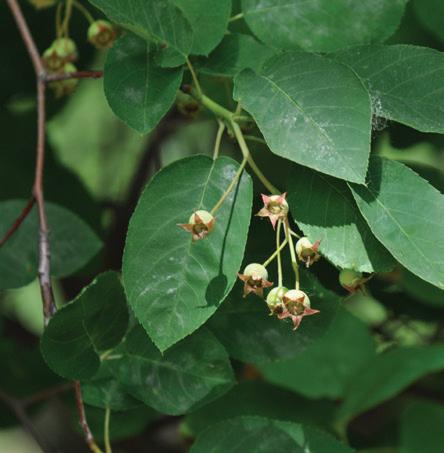






























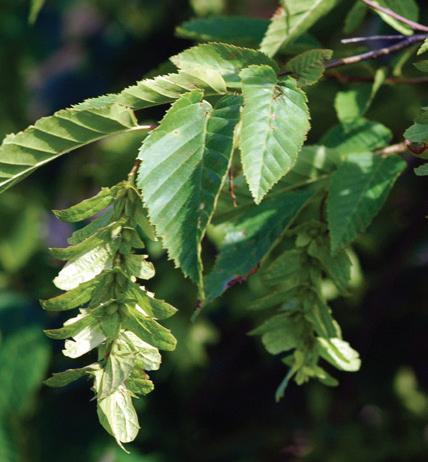


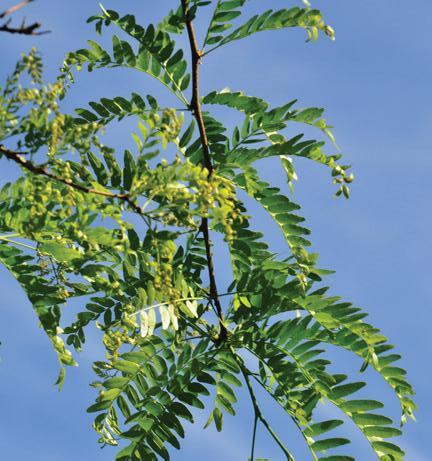
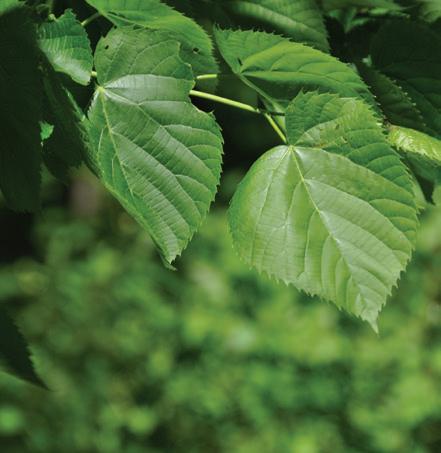
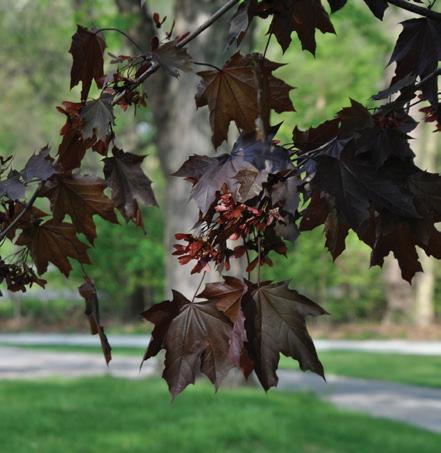


















1. Ailanthus – Ailanthus altissima
2. Alaska Cedar – Callitropsis nootkatensis
3. Alcock Spruce – Picea alcocquiana
4. American Basswood – Tilia americana
5. American Elm – Ulmus americana
6. American Hornbeam – Carpinus caroliniana
7. American Beech – Fagus grandifolia
8. American Bladdernut – Staphylea trifolia
9. Arborvitae – Thuja occidentalis
10. Atlantic White Cedar – Chamaecyparis thyoides
11. Bald Cypress – Taxodium distichum
12. Balsam Fir – Abies balsamea
13. Bigtooth Aspen – Populus grandidentata
14. Bitternut Hickory – Carya cordiformis
15. Black Cherry – Prunus serotina
16. Black Locust – Robinia psuedo-acacia
17. Black Maple – Acer nigrum
18. Black Oak – Quercus velutina
19. Black Walnut – Juglans nigra
20. Black Willow – Salix nigra
21. Blue Spruce – Picea pungens
22. Box Elder – Acer negundo
23. Bur Oak – Quercus macrocarpa
24. Callery Pear – Pyrus calleryana
25. Catalpa – Catalpa speciosa
26. Columnar Buckthorn – Rhamnus frangula ‘Columnaris’
27. Crabapples – Malus, ssp.*
28. Cucumber Magnolia – Magnolia acuminata ‘ Butterflies ’
29. Dawn Redwood – Metasequoia glyptostroboides
30. Dwarf Alberta Spruce – Picea glauca ‘Conica’
31. Eastern Cottonwood – Populus deltoides
32. Eastern Hemlock – Tsuga canadensis
33. Engelmann Spruce – Picea engelmannii
34. English Walnut – Juglans regia
35. European Copper Beech – Fagus sylvatica ‘ Purpurea’
36. European Smoketree – Cotinus coggygria
37. European Tricolor Beech – Fagus sylvatica ‘Tricolor’
38. European Weeping Birch – Betula pendula
39. Flowering Dogwood – Cornus florida
40. Ginkgo – Ginkgo biloba
41. Globe Willow – Salix matsudana ‘Navajo’
42. Green Ash – Fraxinus pennsylvanica
43. Hackberry – Celtis occidentalis
44. Hawthorn – Crataegus, ssp. *
45. Honey Locust – Gleditsia triacanthos
46. Hop Hornbeam – Ostrya virginiana
47. Horse Chestnut – Aesculus hippocastanum
48. Japanese Maple – Acer palmatum
49. Japanese Tree Lilac – Syringa reticulata
50. Japanese Yew – Taxus cuspidata
51. Kousa Dogwood – Cornus kousa
52. Linden – Tilia cordata
53. London Planetree – Platanus ‘X acerifolia’
54. Northern Red Oak – Quercus rubra
55 Norway Maple – Acer platanoides
56. Norway Spruce – Picea abies
57. Pawpaw – Asimina triloba
58. Pignut Hickory – Carya glabra
59. Pin Oak – Quercus palustris
60. Red Cedar – Juniperus virginiana
61. Red Mulberry – Morus rubra
62. Red Maple – Acer rubrum
63. Redbud – Cercis canadensis
64. River Birch – Betula nigra
65. Rose of Sharon – Hibiscus syriacus
66. Sassafras – Sassafras albidum
67. Serviceberry – Amelanchier arborea
68. Shagbark Hickory – Carya ovata
69. Shingle Oak – Quercus imbricaria
70. Shining Sumac – Rhus copallina
71. Siberian Elm – Ulmus pumila
72. Silver Maple – Acer saccharinum
73. Staghorn Sumac – Rhus typhina
74. Sugar Maple – Acer saccharum
75. Swamp White Oak – Quercus bicolor
76. Sweet Gum – Liquidambar styraciflua
77. Sycamore – Platanus occidentalis
78. Tree Hydrangea – Hydrangea paniculata
79. Tuliptree – Liriodendron tulipifera
80. Weeping Willow – Salix babylonica
81. White Ash – Fraxinus americana
82. White Mulberry – Morus alba
83. White Oak – Quercus alba
84. White Pine – Pinus strobus
85. White Poplar – Populus alba
86. White Spruce – Picea glauca
87. Red Spruce – Picea rubens
88. Black Gum – Nyssa sylvatica
* Genus only identified.
Most of the books listed are very good tree identification guides and several are selection and planing guides.
Barnes, B. V. And W. H. Wagner, Jr. 2004. Michigan Trees: A Guide to the Trees of the Great Lakes Region. The University of Michigan Press. Ann Arbor, MI
Cope, E. A. 1986. Native and Cultivated Conifers of Northeastern North America: A Guide. Cornell University Press. Ithaca, NY
Core, E. L. And N. P. Ammons. 1958. Woody Plants in Winter. West Virginia University Press. Morgantown, WV
Dirr, M. A. 2011. Dirr’s Encyclopedia of Trees and Shrubs. Timber Press. Portland, OR
--.1997. Dirr's Hardy Trees and Shrubs: An Illustrated Encyclopedia. Timber Press. Portland, OR
Dirr, M. A. and K. S. Warren. 2019. The Tree Book: Superior Selections for Landscapes, Streetscapes, and Gardens. Timber Press. Portland, OR
Jackson, M. T. 2004. 101 Trees of Indiana: A Field Guide. Indiana University Press. Bloomington, IN
Kershaw, L. 2006. Trees of Michigan, Including Tall Shrubs. Lone Pine Publishing. Aubern WA

Miller, H. A. 1978. How to Know the Trees, 3rd ed. (The Pictured Key Nature Series) Wm. C. Brown Co. Dubuque IO
Petrides, G. A. 1998. A Field Guide to Eastern Trees. (The Peterson Field Guide Series). Houghton Mifflin Co. New York, NY
Sibley, D. A. 2009. The Sibley Guide to Trees. Knopf Doubleday Publishing Group. New York, NY
Symonds, G. W. D., and S. V. Chelminski. 1958. The Tree Identification Book. William Morrow and Company, Inc. New York, NY
Tekiela, S. 2006. Trees of Indiana: Field Guide. Adventure Publications, Inc. Cambridge, MN
Weeks, S.S., H. P. Weeks, Jr. And G. R. Parker. 2010. Native Trees of the Midwest, 2nd ed. Purdue University Press. West Lafayette, IN
Williams, M. D. 2007. Identifying Trees: An All-Season Guide to Eastern North America. Stackpole Books. Mechanicsburg, PA
